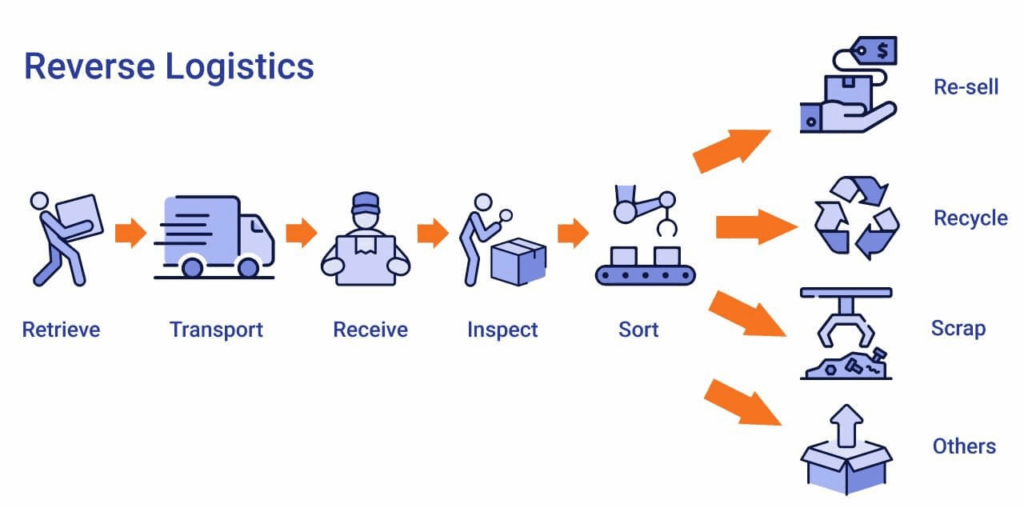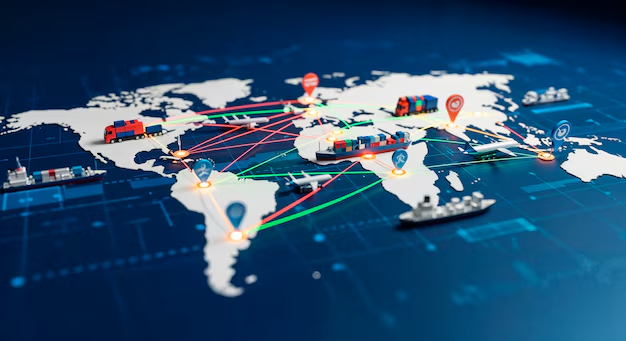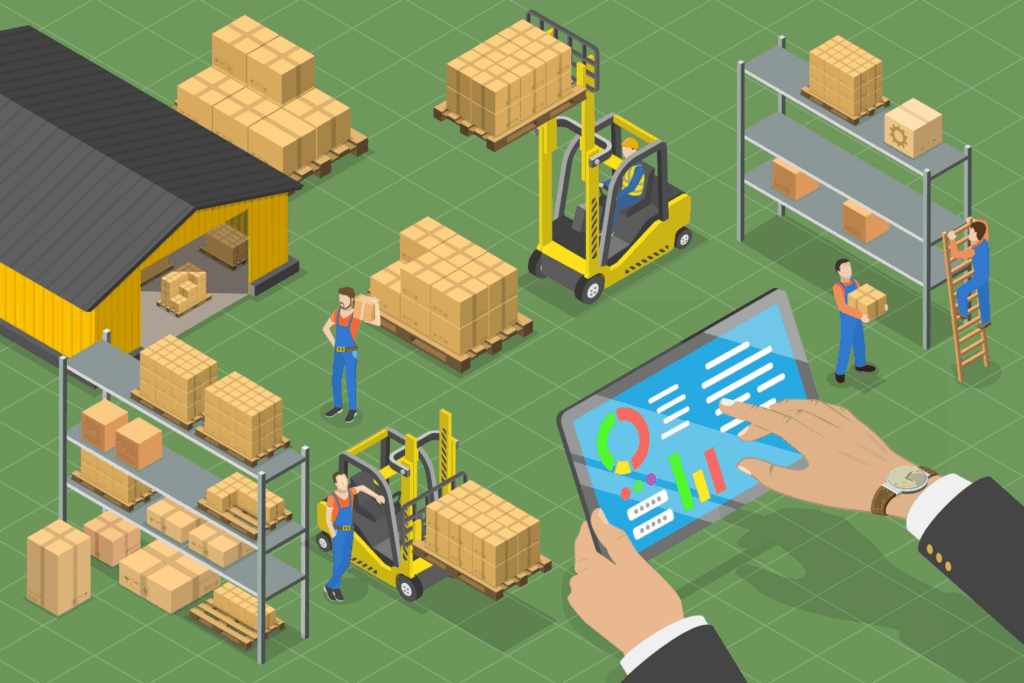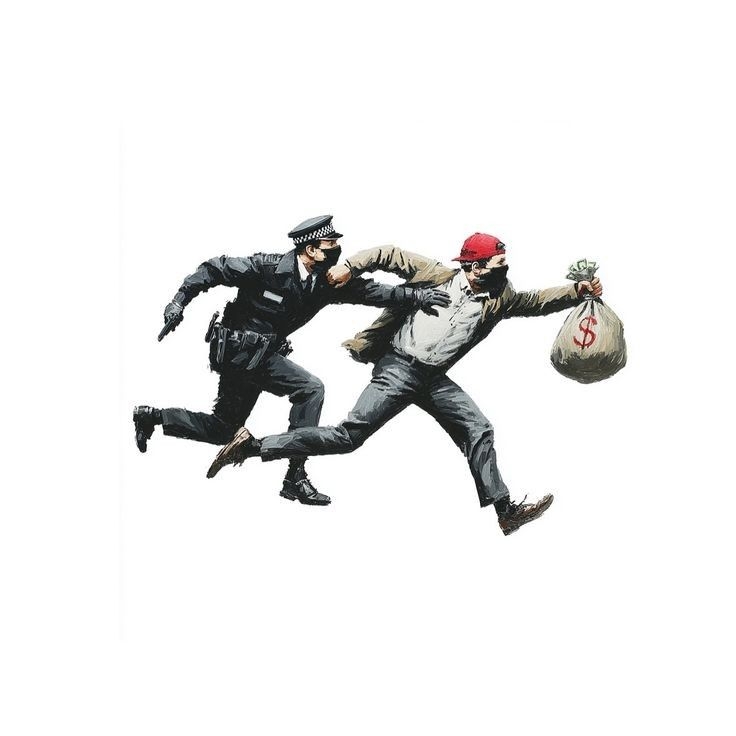How Reverse Logistics Tracking Saves You Big
Returns, recalls, repairs, and recycling are part of a system called reverse logistics. But without clear tracking, these processes can get messy and expensive.
This is where Reverse Logistics Tracking becomes essential. With better visibility and tracking tools, businesses can turn to reverse flows into smarter operations. Let’s explore five major benefits of tracking reverse logistics—and how it helps businesses save time, reduce costs, and improve customer trust.

1. Better Control Over Returned Products
When products return to your warehouse, it’s easy to lose track of them without a good system.
Gain Full Visibility of the Return Process
Using Reverse Logistics Tracking, companies can follow each item from the customer’s hands back to the warehouse. This gives real-time updates and helps teams respond quickly to issues. Whether it’s a damaged item, a product for repair, or a return due to customer choice, full visibility avoids confusion and lost inventory.
This also contributes to global logistics visibility, which is critical when dealing with international returns or multiple fulfillment centers.
2. Reduced Operational Costs
Returns are expensive. They involve shipping, restocking, inspections, and sometimes repairs. Without tracking, the process becomes even more costly.
Spot Bottlenecks and Cut Waste
With proper Reverse Logistics Tracking, businesses can identify where delays or mistakes are happening. Are items getting stuck in transit? Are restocking delays costing sales? Tracking tools highlight these problems.
Using insights from logistics visibility services, operations teams can adjust workflows, cut out unnecessary steps, and reduce labor costs. In the long run, this leads to smarter budgeting and better use of resources.

3. Faster Refunds and Better Customer Satisfaction
When customers return products, they expect quick refunds or replacements. Slow or lost returns damage trust.
Speed Up Processing and Build Loyalty
Reverse Logistics Tracking gives customer support teams accurate updates. Instead of saying “We’re still checking,” they can give real answers—”Your return arrived yesterday, and your refund is being processed today.”
This builds confidence and loyalty. Refunds and exchanges become faster and more reliable when paired with an OMS tracking system (Order Management System). Customers stay happy, and businesses protect their reputation.
4. Improved Inventory Management
Returns often mean products come back in sellable condition. But without tracking, these items can sit in limbo.
Know What’s Coming and When
With Reverse Logistics Tracking, inventory managers can prepare for inbound returned goods. They know what’s on the way and what condition to expect. This allows them to restock faster and resell returned items without delays.
It also helps maintain real-time inventory accuracy—an important part of any good logistics visibility service. Accurate stock data means fewer stockouts, fewer over-orders, and smoother operations.

5. Data for Smarter Business Decisions
Tracking returns isn’t just about moving packages. It’s also about collecting data.
Turn Return Trends Into Business Insights
Reverse Logistics Tracking shows which products are returned most often, and why. Are certain models more likely to be damaged? Are customers from specific regions returning more often?
These insights help businesses improve product design, packaging, or even customer instructions. With help from a strong logistics visibility service, reverse tracking becomes part of the overall business intelligence system. It transforms returns into a tool for growth.
Conclusion
Reverse Logistics Tracking is no longer optional—it’s a smart investment for any business that handles returns. The benefits are real and measurable, from cost savings and better inventory to faster refunds and happier customers.
With the rise of global logistics visibility and advanced OMS tracking, businesses now have the tools to turn reverse flows into opportunities. By adding tracking to your reverse logistics process, you gain control, insight, and a better future for your supply chain.
If you want to improve how your business handles returns, Reverse Logistics Tracking is the place to start.
Industry Insights
news via inbox
Nulla turp dis cursus. Integer liberos euismod pretium faucibua








